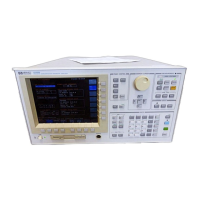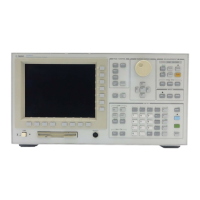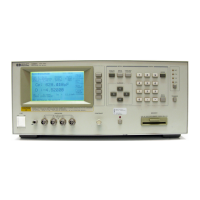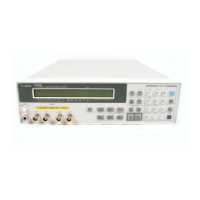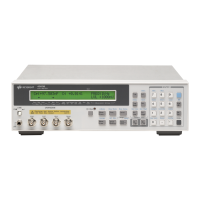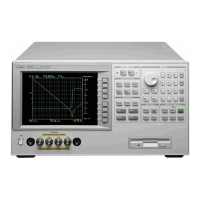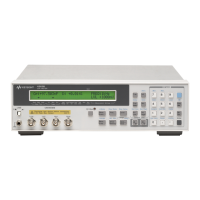Agilent 4155C/4156C User’s Guide Vol.1, Edition 11 2-37
Installation
Mounting Connectors
To Connect the GNDU Output
The following figures show connection examples for the GNDU output.
CAUTION Use Agilent 16493H GNDU cable to connect the GNDU to your connector plate or
test fixture. Do not use the triaxial cable. The GNDU is rated for up to 1.6 A, while
the maximum current rating of the triaxial cable is 1 A.
Kelvin connections non-Kelvin connections
Use a low-noise coaxial cable (Agilent part
number 8121-1189) from the connector to
the prober, socket, or DUT as shown.
To cancel the effects of cable resistance,
connect the Sense line and Force line as close
as possible to the terminal of the DUT.
Short the Sense and Force on the connector
as shown below. Measurement data will
include the residual resistance of the
connection wire.
Use AWG 22 single-strand insulated wire
(Agilent part number 8150-2639) from the
connector plate to the prober, socket, or
DUT.
For a quick connection where measurement
accuracy is not critical, connect only Force to
the DUT, without shorting the Sense and
Force. With this connection, the
measurement data will include residual
resistance from the connection cable between
the GNDU and the connector plate.
to
DUT
Insulator
Triaxial connector
Plate
Coaxial cable
Force
Sense
Common
to
DUT
Wire
Insulator
Triaxial connector
Plate
Force
Sense
Common

